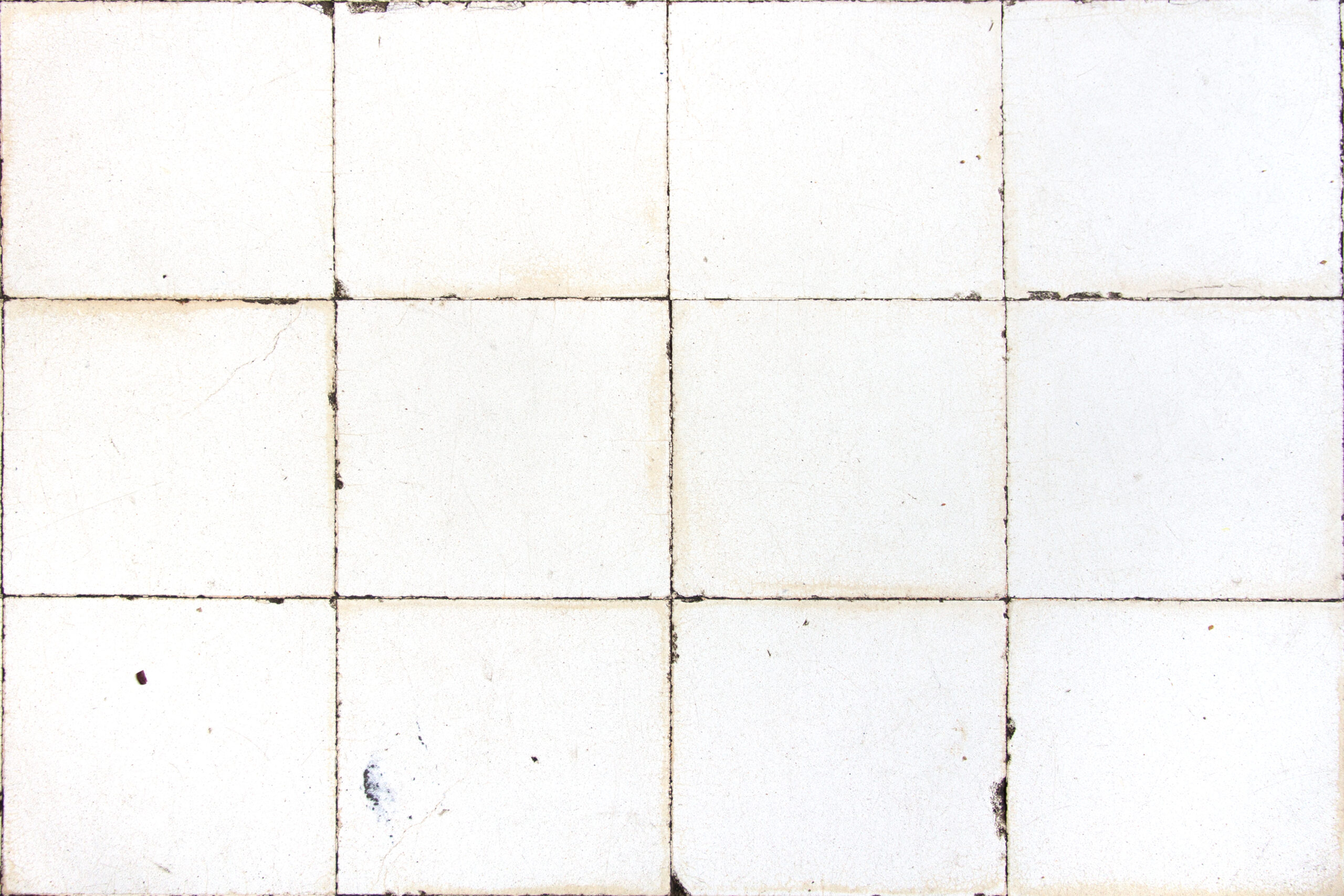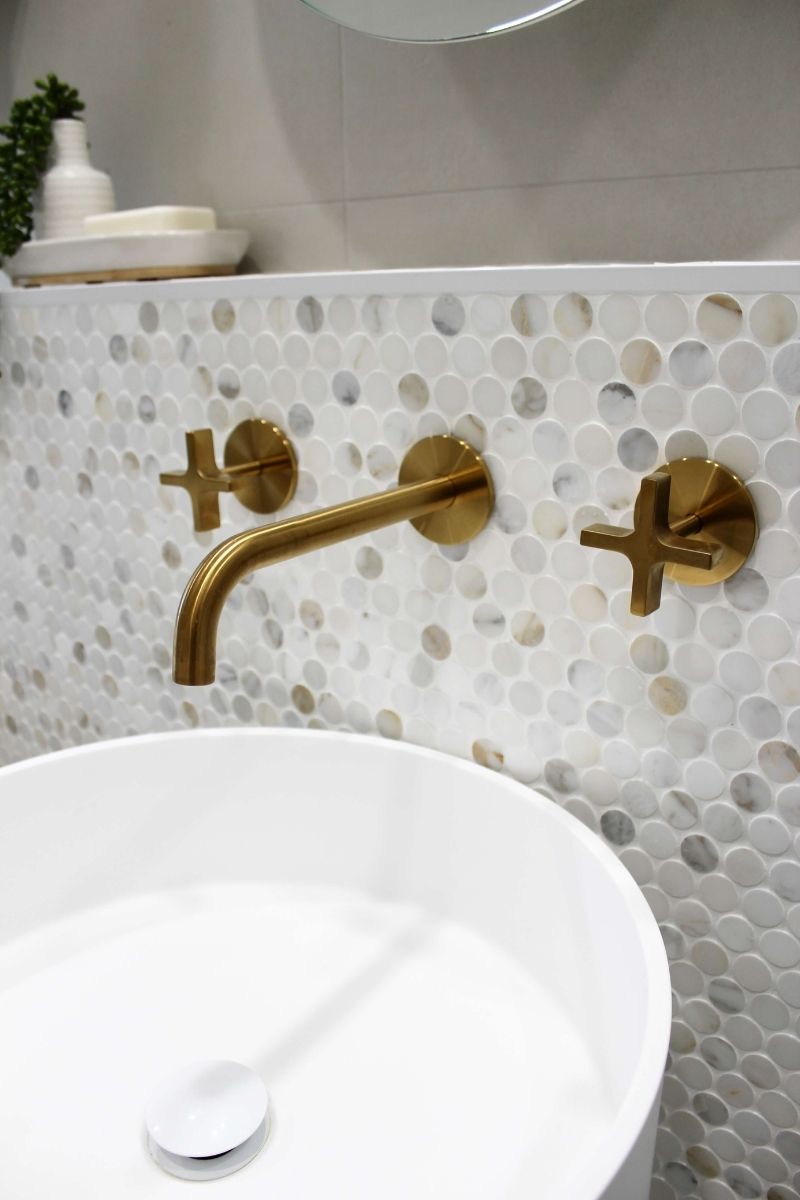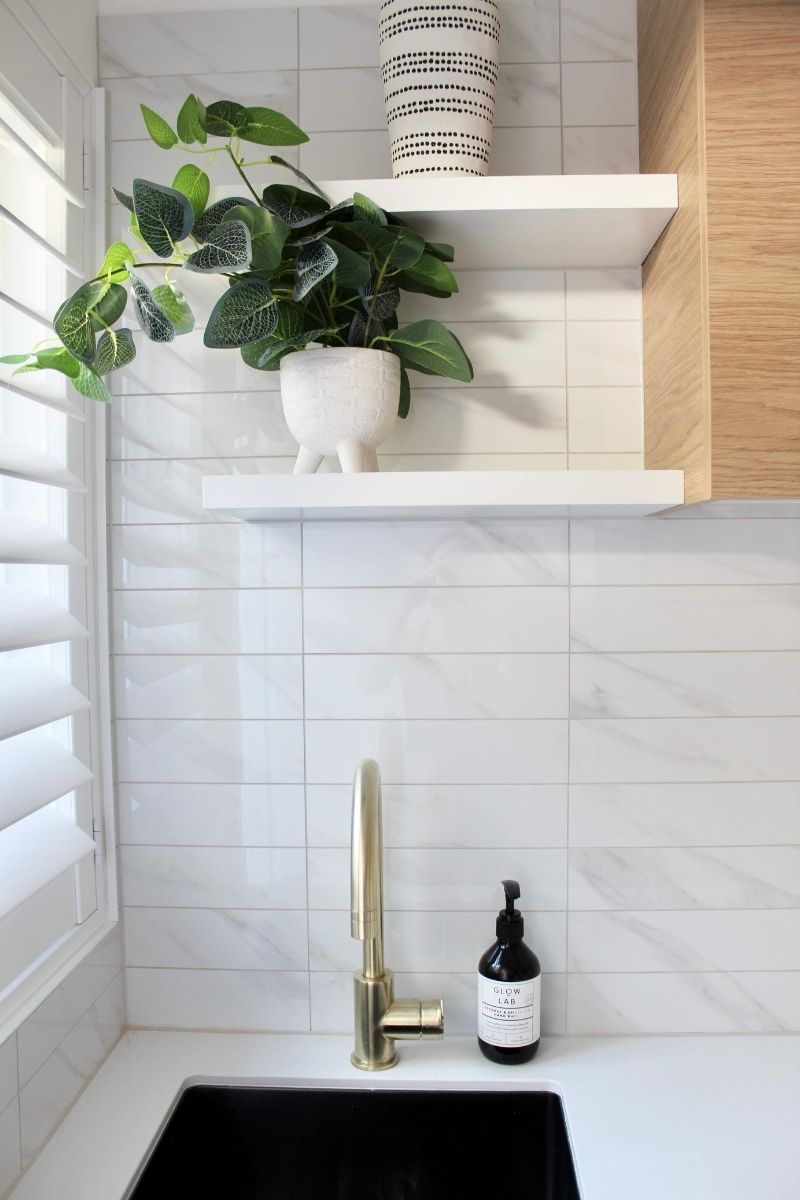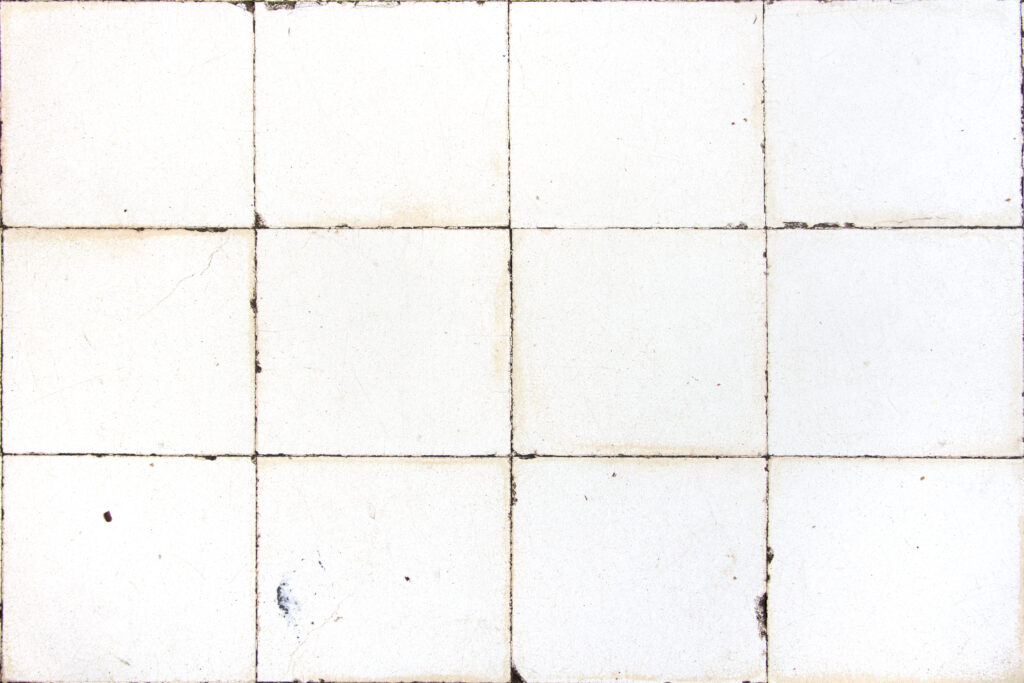Bathroom renovations
Guide to Resurfacing Bathroom Tiles
Resurfacing bathroom tiles is a cost-effective way to give your bathroom a fresh new look without having to commit to a full bathroom renovation. This process involves applying a new surface to your existing wall or floor tiles, which can be done in a variety of colours and finishes to suit your personal style. Resurfacing can also be done on other bathroom fixtures such as bathtubs and sinks.
But what is tile resurfacing? And what are the benefits?
What is Bathroom Tile Resurfacing?
Bathroom tile resurfacing is a process of refinishing the surface of bathroom floor or wall tiles to restore their original appearance and functionality. It involves applying a new coating to the existing tiles, which can be done without replacing them or undertaking a full renovation. This process can be done on all types of bathroom tiles including ceramic, porcelain, natural stone and marble.
How Do You Know Your Bathroom Tiles Need Resurfacing?
There are several signs that your bathroom tiles need resurfacing. One of the most common signs is when the tiles start to look dull and faded. This can happen over time due to exposure to water, soap, and cleaning agents. Another sign is when the tiles become chipped or cracked. This can happen due to heavy usage or accidental damage.
Signs of Tile Deterioration
Tiles can deteriorate over time due to exposure to moisture and other elements. Some of the signs of tile deterioration include:
- Discolouration: When the tiles start to change colour or become stained, it can be a sign of deterioration.
- Cracks: When the tiles become cracked, it can be a sign of structural damage that needs to be addressed.
- Loose tiles: When the tiles start to come loose or shift out of place, it can be a sign of underlying damage that needs to be repaired.

Benefits of Resurfacing
There are several benefits of resurfacing bathroom tiles. One of the main benefits is that it is a cost-effective way to restore the appearance of your bathroom without having to replace the tiles. Resurfacing can also help to extend the lifespan of your tiles by providing a protective coating that can help prevent further damage. Additionally, resurfacing can be done quickly and with minimal disruption to your daily routine.
Why Resurface Bathroom Tiles?
There are several reasons why resurfacing bathroom tiles is a popular choice for homeowners.
Cost Effectiveness
Resurfacing bathroom tiles can be a cost-effective alternative to replacing them altogether. The process involves applying a thin layer of material over the existing tiles, which can save homeowners money on the cost of purchasing new tiles and paying for installation. Resurfacing can also be completed in a shorter amount of time than replacing tiles, which can also help to save on labour costs.
Aesthetic Appeal
Over time, bathroom tiles can become worn, discoloured, or outdated. Resurfacing can give bathroom tiles a fresh look without the need for a complete renovation. Homeowners can choose from a variety of colours and finishes to achieve the desired look for their bathroom.
Durability and Longevity
Resurfacing bathroom tiles can also improve their durability and longevity by preventing future damage and wear. This can be especially beneficial in bathrooms, where tiles are exposed to water, humidity, and cleaning products

Choosing the Right Resurfacing Material
When it comes to resurfacing bathroom tiles, choosing the right material is essential to ensure a long-lasting and durable finish. There are several options available, each with its own unique benefits and drawbacks.
Ceramic Tiles
Ceramic tiles are a popular choice for bathroom resurfacing due to their durability, versatility, and affordability. They are available in a wide range of colours, patterns, and textures, making it easy to find a design that suits your personal taste and style.
Ceramic tiles are also resistant to water and stains, making them an ideal choice for use in bathrooms and other wet areas. They are easy to clean and maintain, and can last for many years with proper care.
Porcelain Tiles
Porcelain tiles are another popular option and are similar to ceramic tiles in many ways, but are denser and more durable. Porcelain tiles are also highly resistant to water, stains, and scratches, making them a great choice for use in bathrooms and other wet areas. They are available in a wide range of colours and patterns, and can be used to create a variety of different looks and styles.
Natural Stone Tiles
For those who want a more luxurious and high-end look, natural stone tiles are an excellent choice. They are available in a variety of different materials, including marble, granite, and limestone, and can be used to create a range of different styles and designs.
Natural stone tiles are highly durable and resistant to water, stains, and scratches, but they do require more maintenance than ceramic or porcelain tiles. They should be sealed regularly to prevent staining and damage, and may require professional cleaning and maintenance from time to time.

The Resurfacing Process
Preparation
Before starting the resurfacing process, it is important to prepare the bathroom tiles properly. This involves cleaning the tiles thoroughly to remove any dirt, grease, or grime. The tiles should be scrubbed with a cleaning solution and a stiff-bristled brush, and then rinsed with clean water. Any old grout or caulking should also be removed from the tiles.
Once the tiles are clean and dry, any chips or cracks should be repaired with a suitable filler. The filler should be allowed to dry completely before proceeding with the resurfacing process.
Application
The resurfacing process involves applying a special coating to the tiles to give them a new look. This coating is typically a two-part epoxy or polyurethane formula that is mixed together and applied to the tiles with a roller or brush.
The first coat should be applied thinly and evenly, and allowed to dry completely before applying the second coat. The second coat should also be applied thinly and evenly, and allowed to dry completely before proceeding with the finishing process.
Finishing
Once the second coat is dry, the tiles should be sanded lightly with fine-grit sandpaper to remove any imperfections or rough spots. Any remaining dust or debris should be wiped away with a clean, damp cloth.
Finally, a clear topcoat should be applied to the tiles to protect the new finish. This topcoat should be allowed to dry completely before using the bathroom.

Maintenance of Resurfaced Tiles
When it comes to maintaining resurfaced bathroom tiles, there are a few things to keep in mind to ensure they look great for years to come.
Regular Cleaning
Cleaning is an essential part of maintaining resurfaced bathroom tiles. Regular cleaning can help to keep the tiles looking new and prevent the build-up of dirt and grime. Here are some tips for cleaning resurfaced bathroom tiles:
- Use a mild detergent and warm water to clean the tiles.
- Avoid using abrasive cleaners or scrubbers as they can scratch the surface of the tiles.
- Wipe the tiles dry after cleaning to prevent water spots.
Repairing Minor Damages
Although resurfaced tiles are durable, they can still be damaged over time. Here are some tips for repairing minor damages:
- For small chips or cracks, use a tile repair kit to fill in the damaged area. Follow the instructions on the kit carefully.
- For larger areas of damage, it may be necessary to replace the affected tiles. Contact a professional to help with this.
Key Takeaways
- Resurfacing bathroom tiles is a cost-effective method to refresh your bathroom's look without a full renovation.
- It involves applying a new surface to existing tiles, available in various colors and finishes.
- Signs your tiles may need resurfacing include dullness, discoloration, chips, or cracks.
- Benefits include cost savings, enhanced aesthetics, and improved tile durability.
- The process includes preparation, application of a special coating, and finishing touches.
- Regular maintenance of resurfaced tiles is essential for longevity.
Ready to Update Your Bathroom Tiles? Contact Hunter Bathroom Renovations
Bathroom renovations can be as big or small as you need, and tile resurfacing can go a long way to updating the look and feel of your space.
Careful planning is key to achieving your dream bathroom design – for a free quote talk to the professionals at Hunter Bathroom Renovations for more information.
Share
Jarrod Adnum
Jarrod Adnum is the founder of Hunter Bathroom Renovations. He is proud to lead an experienced team and support staff that are experts in their field. All staff ensure you are getting the best solutions and service for your bathroom.

